
UDK: 612.753
N. A. Pasatetskaya, A. I. Lopatin, A. V. Kipenko, E. V. Lopatina
Национальный медицинский исследовательский центр им. В. А. Алмазова, Санкт-Петербург; Институт физиологии им. И. П. Павлова, Санкт-Петербург; Первый Санкт-Петербургский государственный медицинский университет им. академика И. П. Павлова, Санкт-Петербург
More recently, there has been evidence that the sympathetic nervous system and its mediators play a significant role in the regulation of bone remodeling. However, the results of pharmacological and genetic studies demonstrate ambiguous or even conflicting data. The aim of the study was to analyze the potential contribution of adrenaline in bone remodeling under organotypic culture conditions. It was shown that adrenaline at a dose of 10-4 М inhibited the growth of 10-12-day- old chicken embryo bone explants. The inhibitory analysis using a cardioselective β1-adrenoblocker, atenolol (10-4 M), proved that these adrenergic receptors do not participate in the effect of adrenaline (10-4 M) to inhibit the growth of bone explants.
adrenaline, β1-adrenergic receptors, organotypic tissue culture, explants of bone tissue